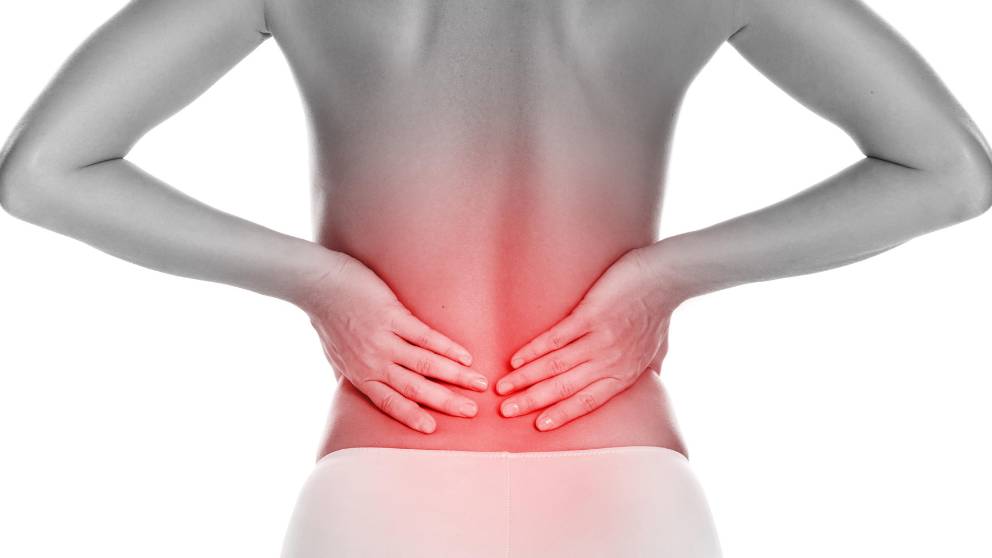Pain is a distressing feeling often caused by intense or damaging stimuli. The International Association for the Study of Pain’s widely used definition defines pain as “an unpleasant sensory and emotional experience associated with actual or potential tissue damage, or described in terms of such damage”; however, due to it being a complex, subjective phenomenon, defining pain has been a challenge. In medical diagnosis, pain is regarded as a symptom of an underlying condition.
Pain management (also called pain medicine or algiatry) is the medical discipline concerned with the relief of pain.
Acute pain begins suddenly and is usually severe. It is frequently the result of tissue damage, such as from an injury. It lasts for a short time and typically goes away as the body heals.
Chronic pain lasts for a long time and can be accompanied by other symptoms like fatigue, sleep disturbance, anxiety, and depression. Chronic pain may result from an initial injury, such as a back sprain, or an underlying condition, such as arthritis.
There are many ways to treat pain. Some aim to relieve the pain without addressing the underlying cause, while others seek to address the underlying cause of the pain. Treatment options include medication, physical therapy, psychological counseling, and surgery.
Pain medications include over-the-counter drugs like ibuprofen and acetaminophen, as well as prescription opioids such as oxycodone and fentanyl. Physical therapy involves exercises and other forms of rehabilitation aimed at improving function.
Common Sources
There are many different types of pain, but some of the most common include:
- Headache
- Toothache
- Arthritis Pain
- Back Pain
- Cancer Pain
- Nerve Pain
- Stomach Pain
- Muscle Pain

Table of Contents
ToggleHow Do You Treat Pain?
There are many different ways to manage pain. Some aim to relieve the pain without addressing the underlying cause, while others seek to address the underlying cause of the pain. Treatment options include medication, physical therapy, psychological counseling, and surgery.
Pain medications include over-the-counter drugs like ibuprofen and acetaminophen, as well as prescription opioids such as oxycodone and fentanyl. Physical therapy involves exercises and other forms of rehabilitation aimed at improving function.
Can Pain Be Prevented?
There is no sure way to prevent all pain, but there are things you can do to reduce your risk. For example, you can:
- Exercise regularly
- Atomic weight is equal to
- Eat a healthy diet
- Quit smoking
- Limit alcohol consumption
- Wear proper footwear and avoid high-impact activities if you have joint problems
- Use sunscreen and take other precautions to avoid sunburn
- See your doctor for regular checkups and screenings

How Can Imaging & Interventional Specialists Help With My Pain?
We offer a wide range of services to help you manage your pain. These include:
- Pain injections (nerve, pinched nerve, spine, muscle, joint)
- Kyphoplasty/vertebroplasty
- Special non-surgical treatments
- knee pain – genicular artery embolization
- frozen shoulder – frozen shoulder embolization
If you are dealing with pain, we can help. Contact us today to schedule an appointment. Our treatment specialists will work with you to determine your best treatment which may involve different specialists; we will discuss this fully with you.
Some of the conditions related to pain that we treat are:

